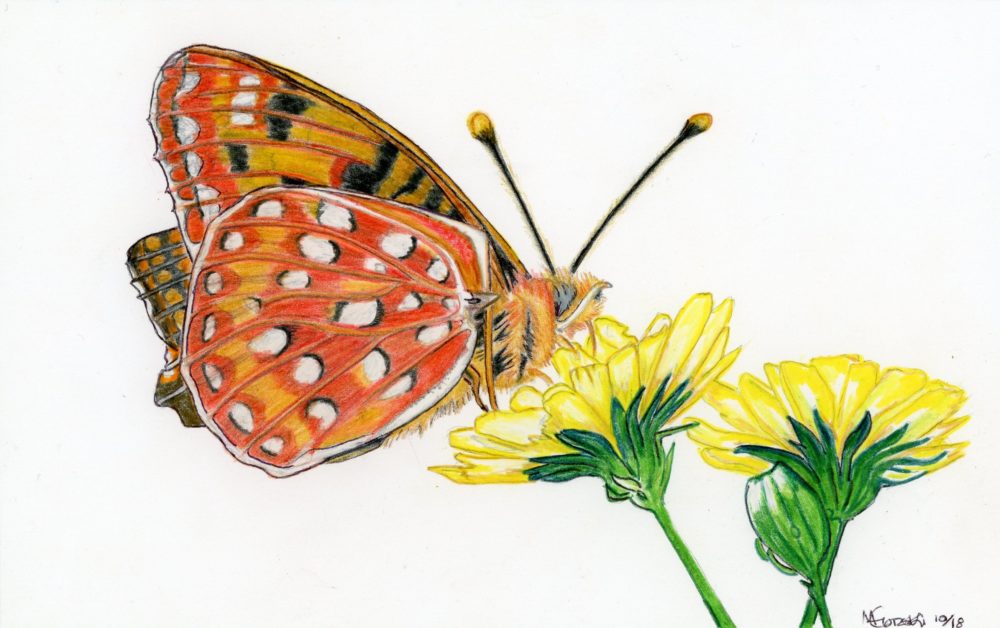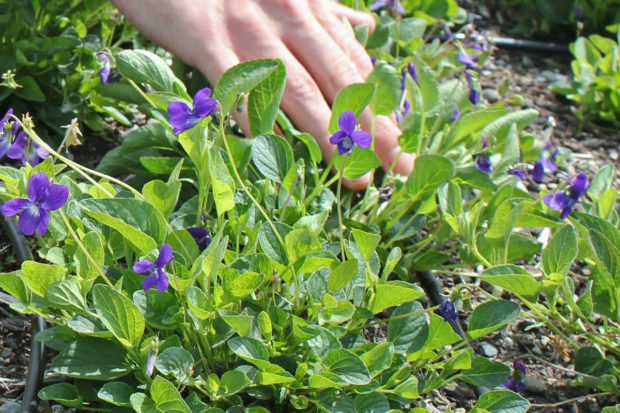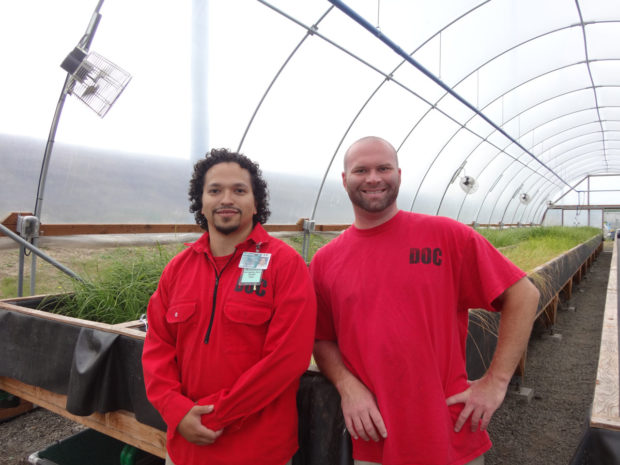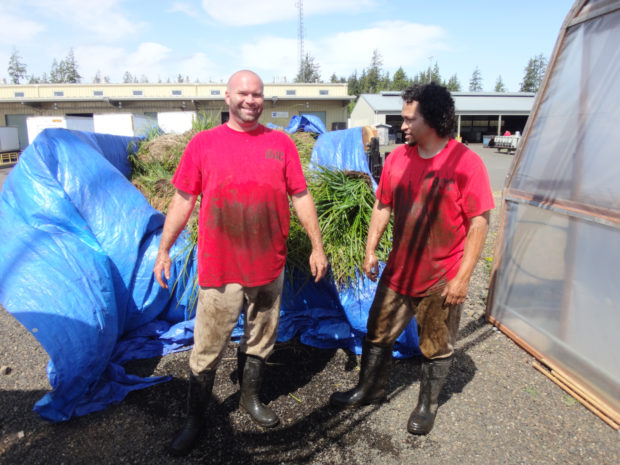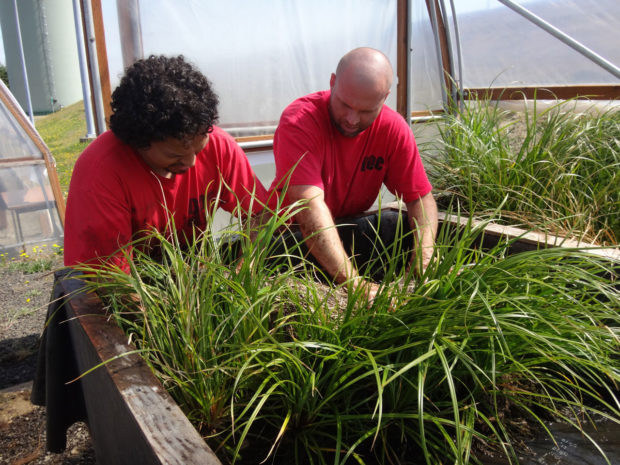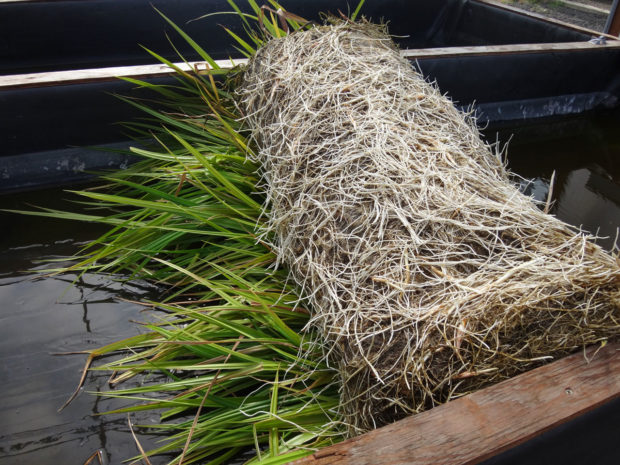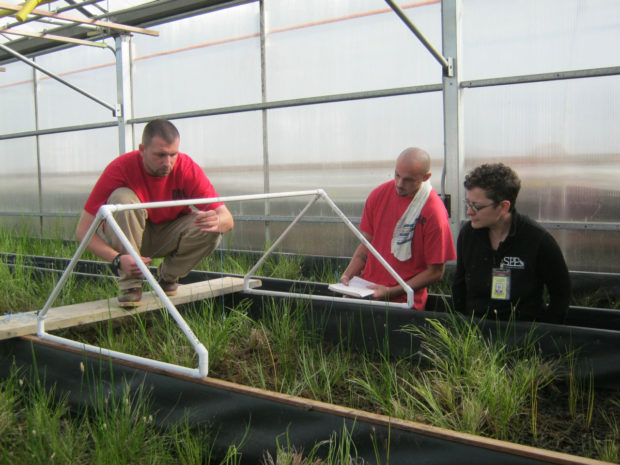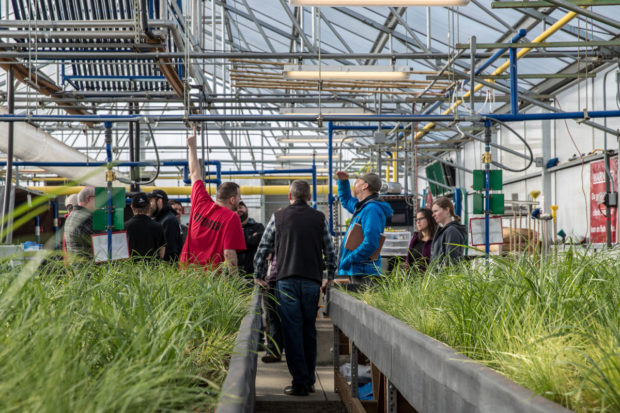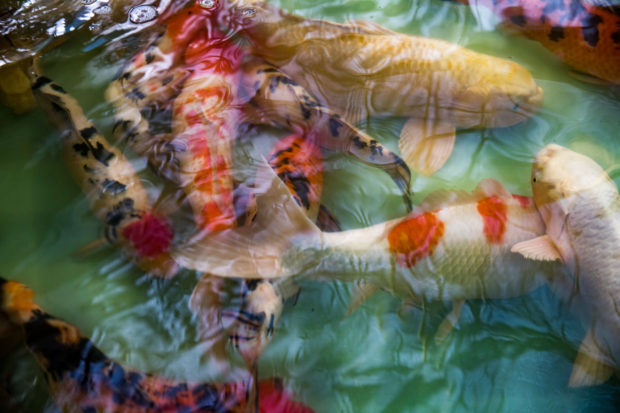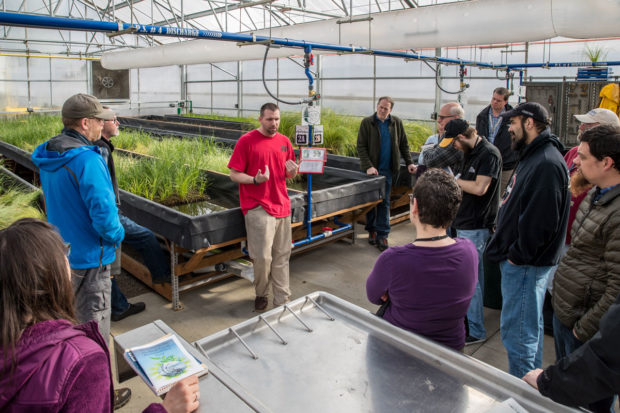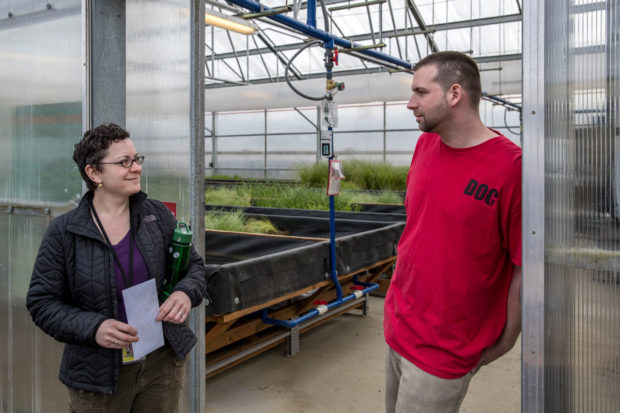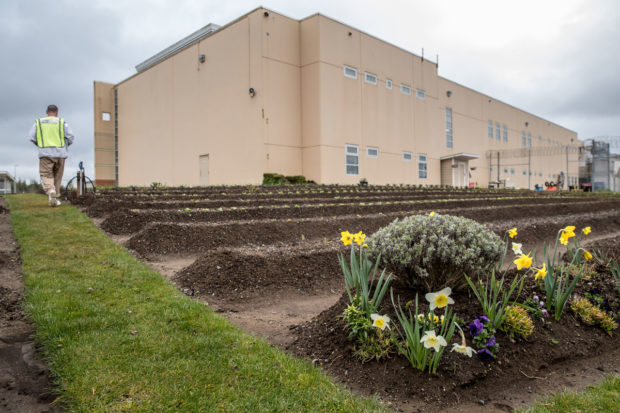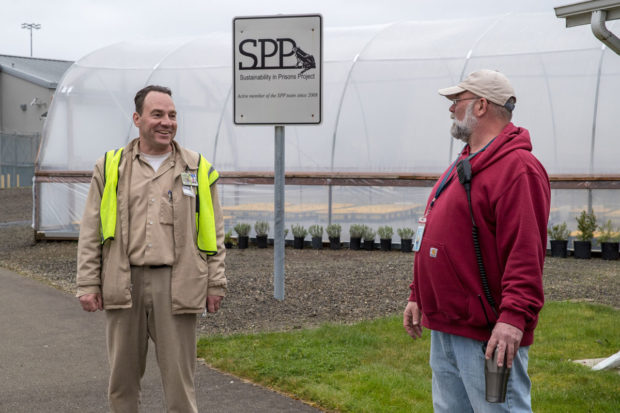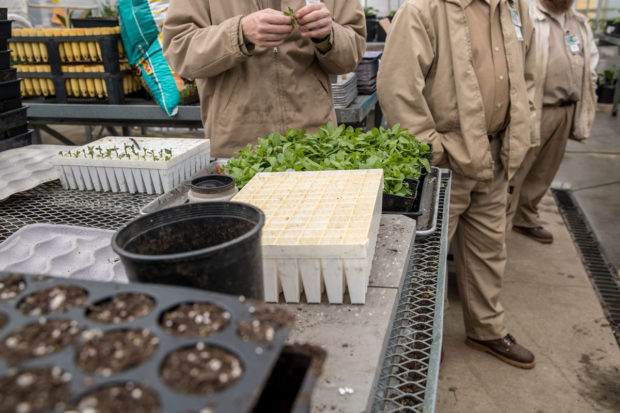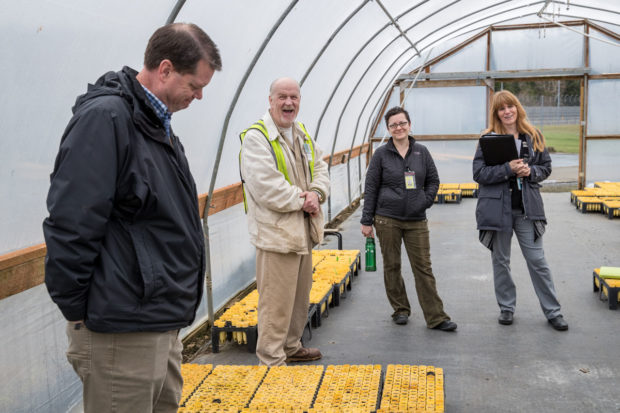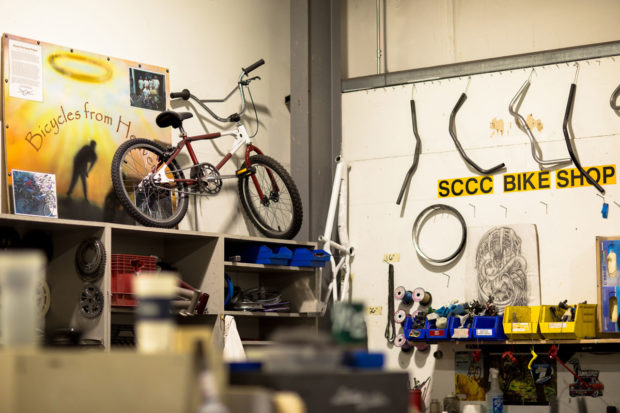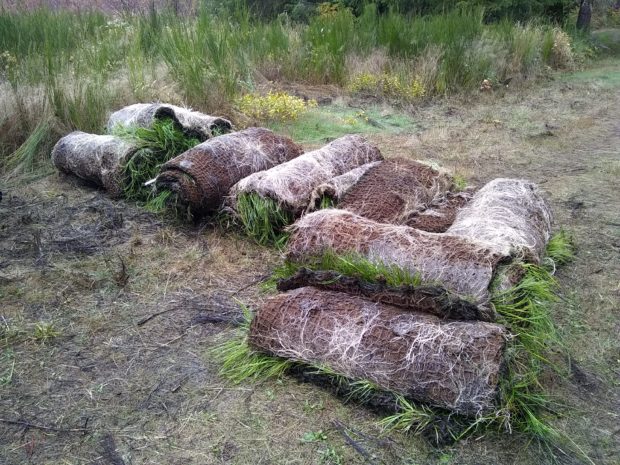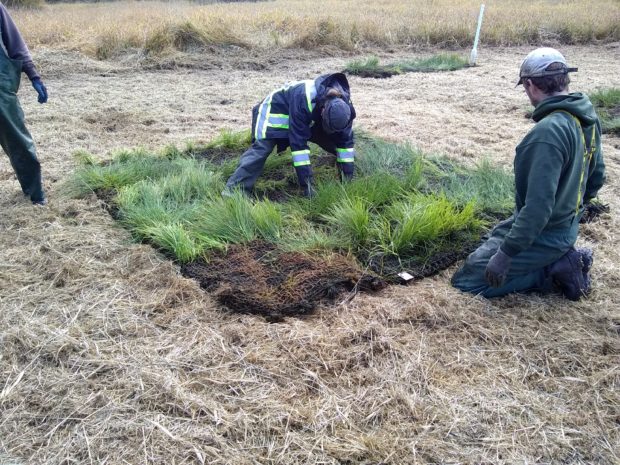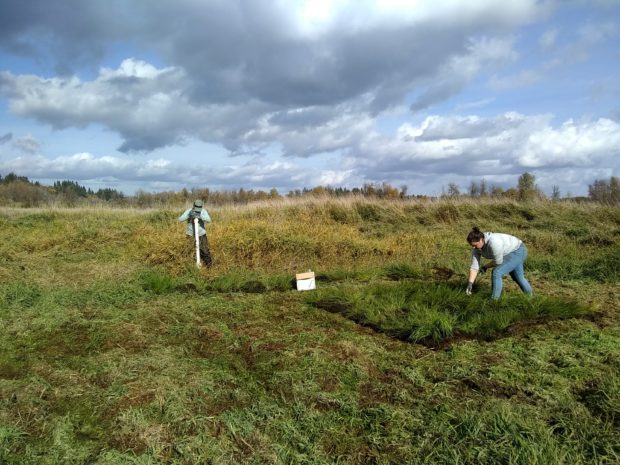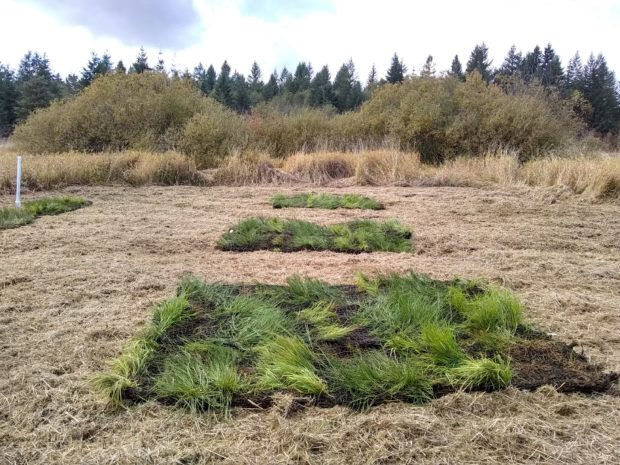By Jacob Meyers, Conservation Nursery Coordinator
For the past year and a half, I’ve had a truly unique and remarkable opportunity. Once per month, I made the hour long trek out to Washington’s coast, not to surf or go clamming, but to teach a garden class to over 50 incarcerated individuals. The garden class began as a way for Ed Baldwin, the Ground/Nursery Specialist at Stafford Creek Corrections Center (SCCC), to support and encourage the gardens at the facility. Former SPP Coordinator, Joey Burgess, joined the effort by offering a superb (and free) introductory gardening curriculum called Seed to Supper. Oregon Food Bank and Oregon State University Extension Service teamed up to create the course which aims to educate and inspire adults to grow a portion of their own food and build more food secure communities. Topics covered range from building and planning to maintaining and harvesting a garden.

During one of my first trips to prison, I got to watch Joey teach one of these classes. Joey made teaching look effortless with a laid back, but confident persona. But the following month, it was me up in front of 50 inmates and not Joey. I’m not a shy person by any means (I acted on stage in college and high school in front of well more than 50 people) but this was a bit different. For one, when I started I was by no means ‘an expert’ on gardening. And two, I wasn’t sure how well my teaching style would be received.

I remember staying up late the night before my first class scouring the material over and over to make sure I could answer any and every question thrown my way. Of course, I had no such luck. But at the same time I find it kind of funny that I was so worried. I should have guessed that the class would be full of smart, thoughtful, knowledgeable and kind individuals, and it was. They asked me tough questions and challenged me. They took what I offered them, and—with their ideas and questions—made it better. I had been too focused not being a gardening expert or that I am not a perfect teacher. It was helpful to remember that the students weren’t expecting me to be just as I wasn’t expecting them to be perfect students, or any of us to be perfect people. Sure, these men (and women) have made mistakes, but they are people. Many of whom are eager and thirsty for knowledge.

Photo credit: Ricky Osborne
So for the past year and a half I’ve made the same trek every month not just to teach a group of men about gardening and growing vegetables, but also to learn from them.
However, in 2019 the gardening education program is transitioning and so is my role in it. I won’t be leading the class at SCCC anymore, but there are exciting developments underway. SPP has signed an agreement with Oregon Food Bank to propose changes to the Seeds to Supper curriculum. SPP staff along with incarcerated students and educators at Monroe Correctional Complex and Stafford Creek Corrections Center, Department of Corrections staff, Institute for Applied Ecology, University Beyond Bars, and Tilth Alliance, will be suggesting revisions to the existing Seed to Supper curriculum, enhancing the course with additional modules on select topics, and transitioning the resources to support a peer-led model. Developing this peer-led format builds on a growing number of efforts to empower incarcerated people with resources and support to increase educational opportunities in prisons across the state. So while it means my time delivering the program has ended, the possibility for reaching more incarcerated men and women and sharing the joys and wonders of gardening has never been higher.
And so to the unit gardeners I had the privilege to teach and learn with and to the staff at Stafford Creek I got to work with, I say goodbye for now. Hopefully someday, I will see you in the garden.

Photo credit: Ricky Osborne
